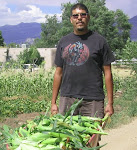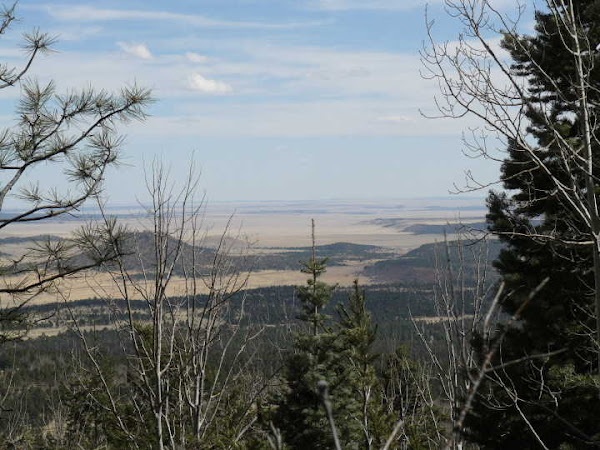COMMENT:
The State of Vermont's elected officials expressed their courage, moral compass, and leadership on behalf of the citizen's of Vermont through their vote to ban fracking!
They upheld citizen's rights to clean water, air, land, health, safety, and the right to flourish within their own communities. These birth rights are held sacred by these impressive lawmakers.
08 May 2012

Washington, DC--(ENEWSPF)--May 8, 2012. On May 4, the Vermont House of Representatives voted 103-36 to give final passage to legislation that will make Vermont the first state in the nation to ban the practice of hydraulic fracturing for natural gas. Fracking is a method of extracting natural gas from deep in the ground by injecting a mixture of water, sand and toxic chemicals —including biocides— under high pressure into dense rock formations such as shale, in order to crack the rock and release the gas.
“The Vermont Legislature deserves tremendous praise for having the courage to stand up to all of the lobbying, the full page ads, and the legal threats of the oil and gas industry,” said Paul Burns, executive director of the Vermont Public Interest Research Group. “This is a shot that will be heard, if not around the world then at least around the country.”
According to a minority staff report released last year by the U.S. House of Representatives Committee on Energy and Commerce, more than 650 commonly used fracking products contain chemicals that are “known or possible human carcinogens, regulated under the Safe Drinking Water Act, or listed as hazardous air pollutants.” In its report, The Case for a Ban on Gas Fracking, Food and Water Watch summarizes data by The Endocrine Disruption Exchange showing that 25 percent of fracking chemicals could cause cancer, 37 percent could disrupt the endocrine system, 40 to 50 percent could affect the nervous, immune and cardiovascular systems, and more than 75 percent could affect the sensory organs and respiratory system, likely causing problems such as skin and eye irritation and flu-like symptoms. . . continued . . .












